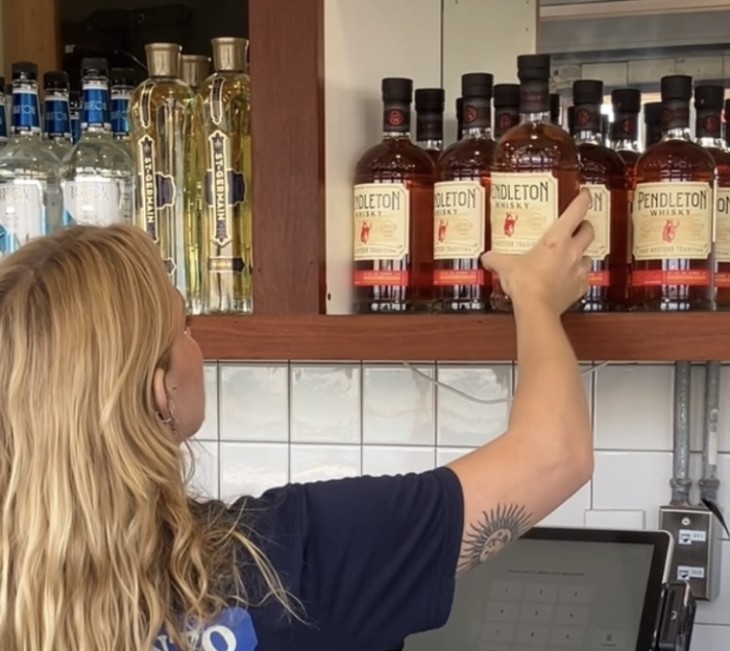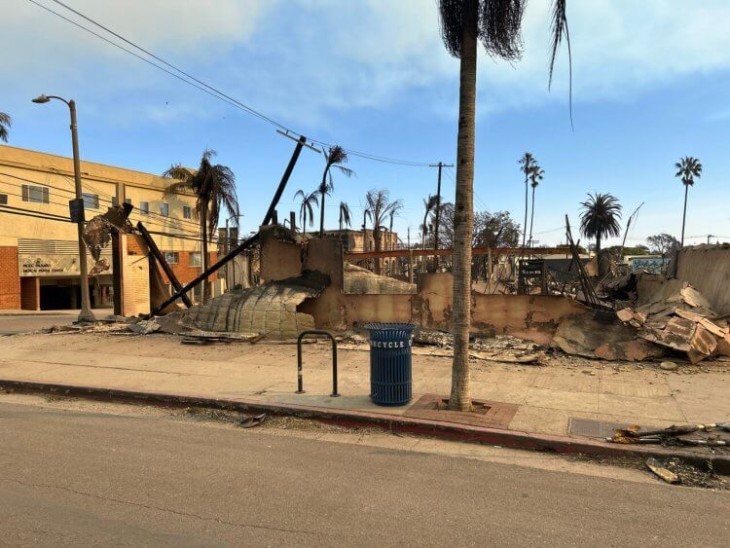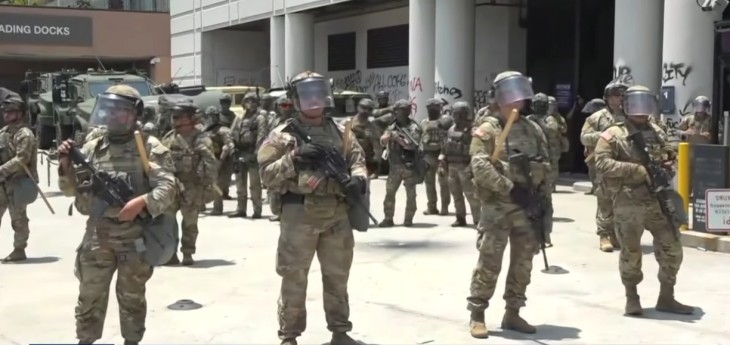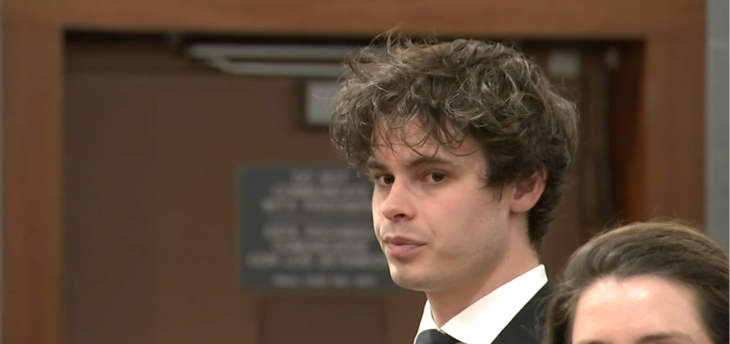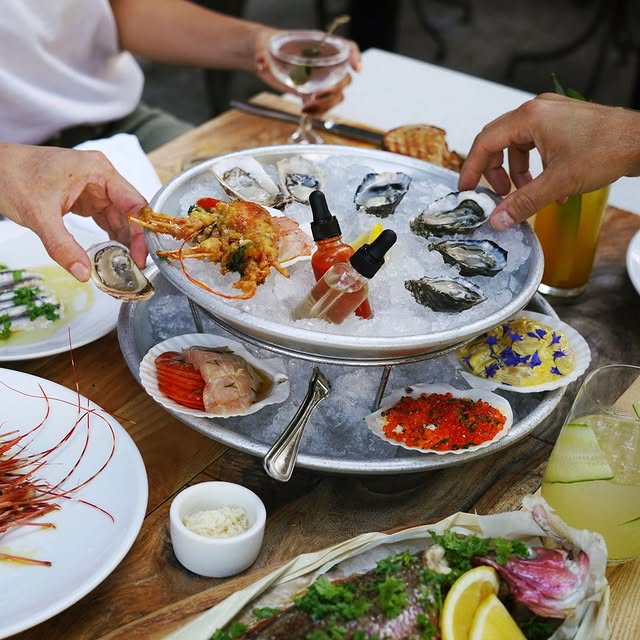City Council voted last month to increase water rates throughout the city by about 100% over a period of 5 years. The proposed increase led to disagreement and bitterness among many residents.
Controversies over the rate increases mark the first hints of a hard, unpleasant reality that will soon hit the city and its residents: we may not have enough water to supply the city’s needs in the next decade. The State’s new requirements for 9,000 additional housing units by the end of the decade make the current plans to conserve and re-use water questionable, and possibly obsolete. The city’s current projects, designed before the new requirements were announced, might not be enough to supply demand if the city remains committed to the goal of water self-sufficiency.
Santa Monica gets most of its water from its own wells, and purchases the rest from the Metropolitan Water District. The imported water is vulnerable to the effects of drought. As the water supply from the state diminishes with drought and more users, the cost of that water will rise. To reduce the impact of an unstable state water supply, the City developed a plan to be water self-sufficient by this year (later changed to 2023). The purpose: replace imported water with captured and recycled water, and use it for non-potable needs.
The plan requires large investments in new water-conservation and recycling infrastructure–pipes, tanks, pumps and other equipment, including new wells (hence the water rate increases, among other reasons). Our wells, old and new, will continue to draw from a vulnerable underground supply shared, and desired, by adjacent cities. Wells will be made more efficient and productive, and recycled water will be injected back into the ground for future re-use.
Two years ago, the City updated its Sustainable Water Master Plan (link: https://tinyurl.com/wrnptgm). The Plan’s estimates by expert consultants showed that, with the recommended measures mentioned above (and some luck in avoiding droughts), in 2030 the city’s water supply would probably exceed the amount needed for self-sufficiency by about 1.1 million gallons a day. These calculations did not, however, take into account the state’s new housing requirements, which would add about 20,000 residents to the city and overwhelm any water savings included in the master plan.
More recently, the city’s staff revised those projections and increased the estimates of water thought to be available–equipment would be made more efficient, more water could be pumped out of the ground, and consumers could be induced to use less water (from 110 gallons a day per capita, to 94). When all these estimates are taken together, the City claimed that the newly-revised supply projections may meet, and even exceed, the projected demand.
But what if staff’s latest rosy estimates are wrong? What if the billion gallons of water the city expects to save every year through conservation don’t materialize? What if the 200 million gallons the city plans on recycling add up to less than expected? The city plans to replenish the groundwater supplies with recycled water. But what if one of our neighbors sucks up that water before we do?
The reality: the estimates are based on best-case assumptions about water supply in the region, efficiency of equipment, cooperation by consumers, and accurate population and business demands. Those are a lot of plates to keep spinning without dropping. Any of these, even if accurate one year, could easily be off-base the next. The latest staff report admits that the city plans to extract water from underground sources “within the upper limit of the estimated sustainable yield.” What if the sustainable yield proves to be smaller? The report is quite candid: “further analysis will be required to determine if future demand will exceed what could be sustainably pumped from the basin.”
Will residents and businesses cut their consumption by nearly 20 gallons a day? Will businesses expand their water use along with the growth in population? Will nearby cities–with their own state-mandated population increases–begin to use up the underground water supplies on which Santa Monica depends?
All of this suggests that the staff report’s conclusions, and City Council’s actions, may be skating on the edge of wishful thinking. If any of the assumptions in the latest plan update proves to be off, we will face water shortages in the City. And if (or rather, when) a drought comes, it is possible that all of the assumptions will be proven wrong. Anybody who has lived in a city where water is switched off several hours every day understands the risk.
The measures the city is taking are well considered and carefully planned. But the reality is that a suitable reserve of water capacity–enough to ensure against depletion and crippling shortages–can be provided only by taking measures the City seems reluctant to pursue. To reduce demand, the city could fight the recent heavy state mandates on housing, and limit the number of projects built within city limits. To do so would expose city leaders to accusations that they are against housing. The City can crack down on water-intensive businesses, such as hotels. That would bring opposition from a business sector the city deems essential. The city could require landlords to install water meters in the thousands of apartment buildings lacking them. But this would put a new financial burden on tens of thousands of renters and the landlords that house them, and probably is untenable in this city, politically. The city could build (or participate in) a new desalination plant. This would be a difficult measure in a city that prides itself on respect for the environment.
Residents and businesses depend on a stable water supply. Getting close to the limiting edge of sustainability, and then depending on measures that may work one year and not the next, is a risky venture on which to base a city’s future plans. The city’s obligation is to reduce risk to consumers, not increase it. A day of reckoning is coming, and tough decisions will be needed soon. Will city leaders step up to the challenge?
Daniel Jansenson, Architect, Building and Fire Life-Safety Commission
Santa Monica Architects for a Responsible Tomorrow: Thane Roberts, Architect, Robert H. Taylor AIA, Daniel Jansenson Architect, Building and Fire Life-Safety Commission, Ron Goldman FAIA, Samuel Tolkin Architect, Mario Fonda-Bonardi AIA, Planning Commissioner, Phil Brock, Arts Commissioner





